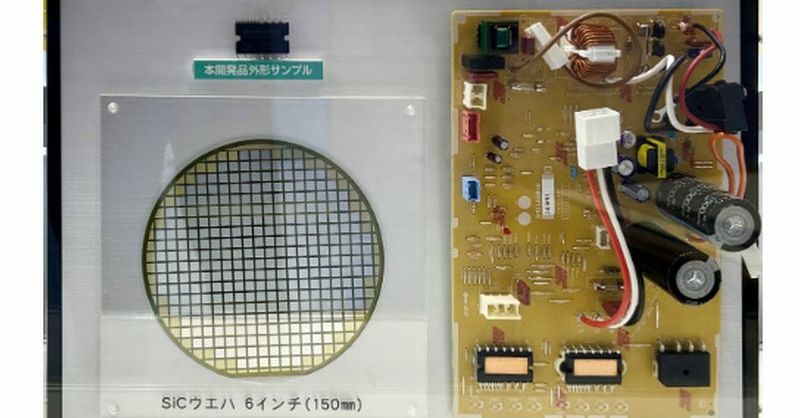Power-Saving Air Conditioners: The Rise of SiC IPM Technology
The quest for energy-efficient cooling solutions is heating up, and a significant player is emerging: Silicon Carbide (SiC) Integrated Power Modules (IPMs). This innovative technology is poised to revolutionize air conditioner design, offering substantial energy savings and enhanced performance. This article delves into the specifics of SiC IPMs and their impact on the future of power-saving air conditioners.
What are SiC IPMs and How Do They Work?
Traditional air conditioners rely on Insulated Gate Bipolar Transistors (IGBTs) for power conversion. However, IGBTs suffer from limitations in switching speed and energy efficiency, leading to significant energy loss. SiC IPMs, on the other hand, offer a significant upgrade.
-
Superior Switching Speed: SiC MOSFETs (Metal-Oxide-Semiconductor Field-Effect Transistors) boast switching speeds far exceeding those of IGBTs. This faster switching translates directly into reduced switching losses, a major contributor to energy waste in traditional AC units.
-
Higher Efficiency at High Temperatures: SiC devices operate efficiently even at high temperatures, unlike IGBTs, whose performance degrades significantly under heat. This is crucial for air conditioners, which often operate in hot environments.
-
Smaller Size and Lighter Weight: SiC IPMs are more compact than their IGBT counterparts, leading to smaller and lighter air conditioner designs.
-
Improved Reliability: SiC's inherent robustness contributes to a longer lifespan and increased reliability for air conditioning systems.
How SiC IPMs Achieve Energy Savings
The combination of faster switching and higher temperature operation results in significant energy savings. These savings can translate to:
- Lower Electricity Bills: A more efficient air conditioner means less electricity consumed, leading to considerable cost reductions for consumers.
- Reduced Carbon Footprint: Lower energy consumption directly contributes to a smaller carbon footprint, aligning with global sustainability goals.
- Improved Grid Stability: Widespread adoption of energy-efficient AC units using SiC IPM technology could positively impact overall grid stability.
The Future of Power-Saving Air Conditioners with SiC IPMs
The integration of SiC IPM technology represents a major leap forward in air conditioner efficiency. While still relatively new, its potential benefits are undeniable. We can expect to see:
- Increased Market Penetration: As manufacturing scales and costs decrease, SiC IPM-based air conditioners will become increasingly accessible to consumers.
- Government Incentives: Governments worldwide are increasingly incentivizing the adoption of energy-efficient technologies, further boosting the market for SiC IPM AC units.
- Innovation in Design: The smaller size and weight of SiC IPMs will open up new possibilities for innovative air conditioner designs.
Challenges and Considerations
Despite the numerous advantages, some challenges remain:
- Higher Initial Cost: Currently, SiC IPMs are more expensive than IGBTs. However, this cost differential is expected to decrease over time.
- Supply Chain Considerations: Ensuring a stable and reliable supply chain for SiC materials is essential for widespread adoption.
Conclusion: A Cool Revolution
SiC IPM technology is poised to revolutionize the air conditioning industry, offering significant energy savings, improved performance, and environmental benefits. While some challenges remain, the long-term potential of this technology is undeniable. As the technology matures and costs decrease, we can expect to see SiC IPM-based air conditioners become the norm, contributing to a more sustainable and energy-efficient future.
Keywords: SiC IPM, Silicon Carbide, Integrated Power Modules, power-saving air conditioner, energy-efficient AC, air conditioner technology, MOSFET, IGBT, energy savings, sustainability, climate change, green technology, efficient cooling, AC efficiency
(Note: This article is for informational purposes only and does not constitute investment or product advice. Always consult with relevant experts before making any decisions related to technology adoption or investment.)
